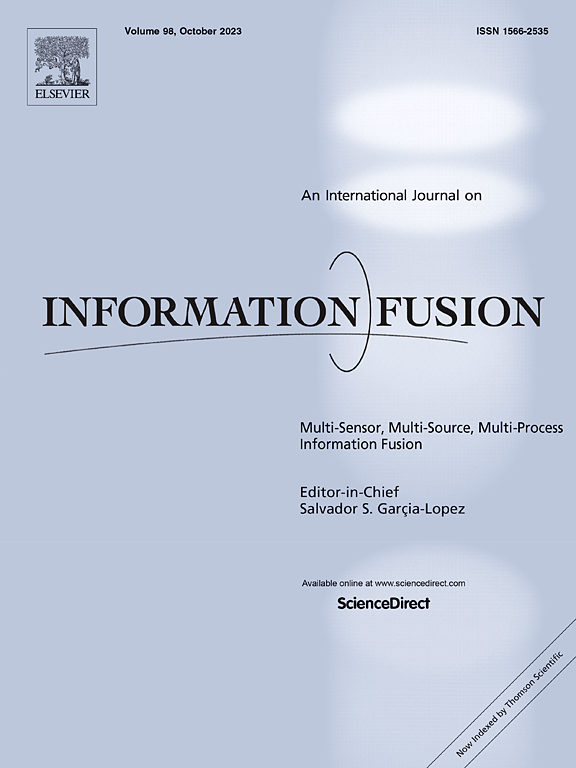Self-supervised representation learning for geospatial objects: A survey
IF 14.7
1区 计算机科学
Q1 COMPUTER SCIENCE, ARTIFICIAL INTELLIGENCE
引用次数: 0
Abstract
The proliferation of various data sources in urban and territorial environments has significantly facilitated the development of geospatial artificial intelligence (GeoAI) across a wide range of geospatial applications. However, geospatial data, which is inherently linked to geospatial objects, often exhibits data heterogeneity that necessitates specialized fusion and representation strategies while simultaneously being inherently sparse in labels for downstream tasks. Consequently, there is a growing demand for techniques that can effectively leverage geospatial data without heavy reliance on task-specific labels and model designs. This need aligns with the principles of self-supervised learning (SSL), which has garnered increasing attention for its ability to learn effective and generalizable representations directly from data without extensive labeled supervision. This paper presents a comprehensive and up-to-date survey of SSL techniques specifically applied to or developed for geospatial objects in three primary vector geometric types: Point, Polyline, and Polygon. We systematically categorize various SSL techniques into predictive and contrastive methods, and analyze their adaptation to different data types for representation learning across various downstream tasks. Furthermore, we examine the emerging trends in SSL for geospatial objects, particularly the gradual advancements towards geospatial foundation models. Finally, we discuss key challenges in current research and outline promising directions for future investigation. By offering a structured analysis of existing studies, this paper aims to inspire continued progress in integrating SSL with geospatial objects, and the development of geospatial foundation models in a longer term.
地理空间对象的自监督表示学习:综述
城市和领土环境中各种数据源的激增极大地促进了地理空间人工智能(GeoAI)在广泛地理空间应用中的发展。然而,地理空间数据本身就与地理空间对象相关联,常常表现出数据的异质性,这需要专门的融合和表示策略,同时在下游任务的标签中具有固有的稀疏性。因此,对能够有效利用地理空间数据而不严重依赖于特定任务的标签和模型设计的技术的需求不断增长。这种需求与自监督学习(self-supervised learning, SSL)的原则是一致的,因为它能够直接从数据中学习有效的泛化表示,而不需要大量的标记监督,因此受到越来越多的关注。本文介绍了SSL技术在三种主要矢量几何类型(点、Polyline和Polygon)中专门应用或开发的地理空间对象的全面和最新的调查。我们系统地将各种SSL技术分类为预测和对比方法,并分析了它们对不同数据类型的适应性,以便跨各种下游任务进行表示学习。此外,我们研究了地理空间对象SSL的新趋势,特别是地理空间基础模型的逐步发展。最后,我们讨论了当前研究中的关键挑战,并概述了未来研究的有希望的方向。通过对现有研究的结构化分析,本文旨在激发SSL与地理空间对象集成的持续进展,并在更长的时间内开发地理空间基础模型。
本文章由计算机程序翻译,如有差异,请以英文原文为准。
求助全文
约1分钟内获得全文
求助全文
来源期刊

Information Fusion
工程技术-计算机:理论方法
CiteScore
33.20
自引率
4.30%
发文量
161
审稿时长
7.9 months
期刊介绍:
Information Fusion serves as a central platform for showcasing advancements in multi-sensor, multi-source, multi-process information fusion, fostering collaboration among diverse disciplines driving its progress. It is the leading outlet for sharing research and development in this field, focusing on architectures, algorithms, and applications. Papers dealing with fundamental theoretical analyses as well as those demonstrating their application to real-world problems will be welcome.
 求助内容:
求助内容: 应助结果提醒方式:
应助结果提醒方式:


